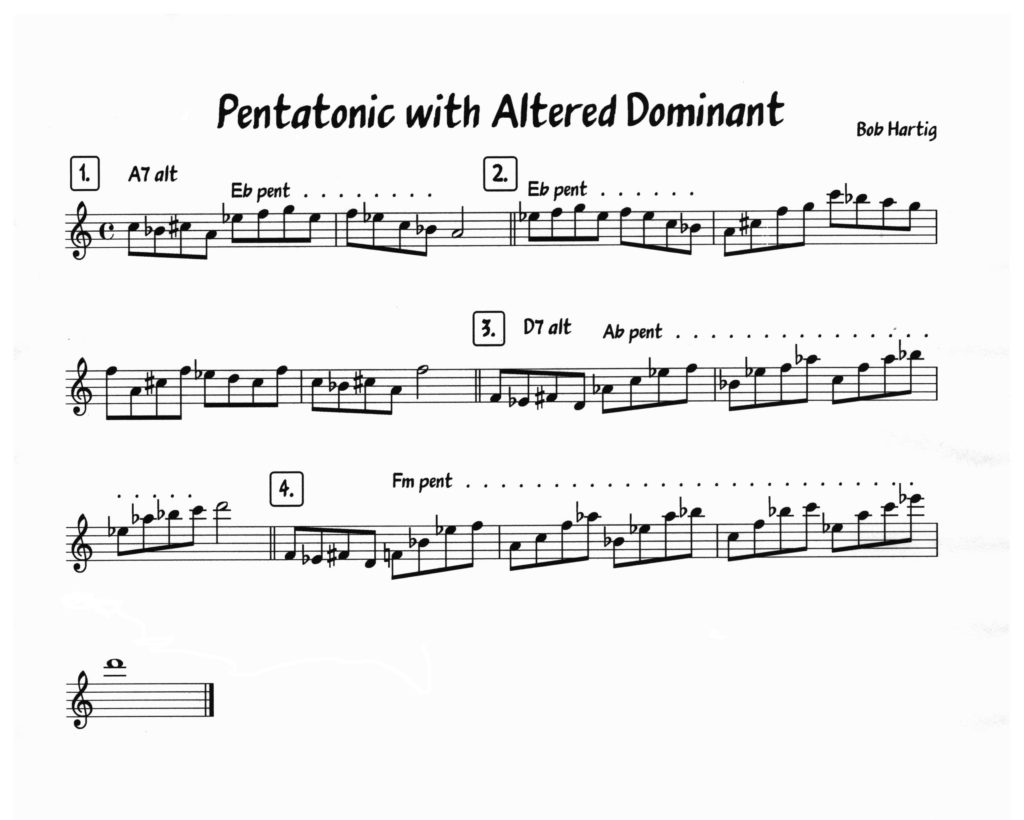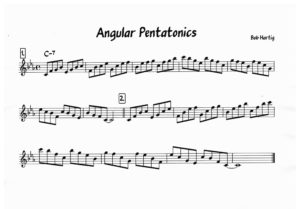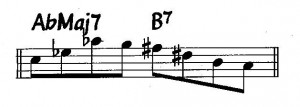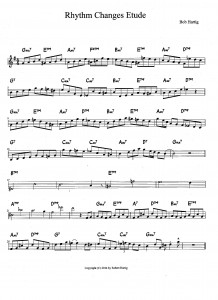So much time has passed since I’ve posted in this blog that I’m not sure how it’s done anymore. My posts these days are all in my Fox’s World blog at my CopyFox editing and writing website. But for the first time in ages, I’ve completed a solo transcription, and here is the place for those.
So I’m firing up my Stormhorn blog at least this once, long enough to make Phil Woods’s alto saxophone solo on “Stella by Starlight” available to whoever is interested. Right-click on the images at the bottom of the page, then click “View image”; you’ll then be able to enlarge them.
Phil takes two 32-bar choruses in this quintet arrangement.* I have provided the standard harmony for the first chorus, but Phil obviously digresses from it in places. Since comping is minimal, he’s not locked in to chord structures, and in a couple spots I haven’t been entirely certain of his note choices. I’ve done my best to discern them accurately, but sometimes, you know, after looping a segment over and over, and weighing what I think I’m actually hearing in the solo line against my understanding of the harmony when the two don’t jibe, I just have to make my best guess. That said, Phil isn’t hard to follow (in this tune, anyway), and I’m satisfied that this transcription is 99 percent on the mark. Have fun with it.
In closing, a plug for the Audipo transcription app that I used to transcribe this solo. A month ago, I paid $5.99 for a year’s subscription to the pro version, and I am delighted. It’s easy to use, and it has made me excited at the prospect of transcribing more solos. So stay tuned. I’m considering which tune I want to work on next, and I expect to post another one in a couple weeks.
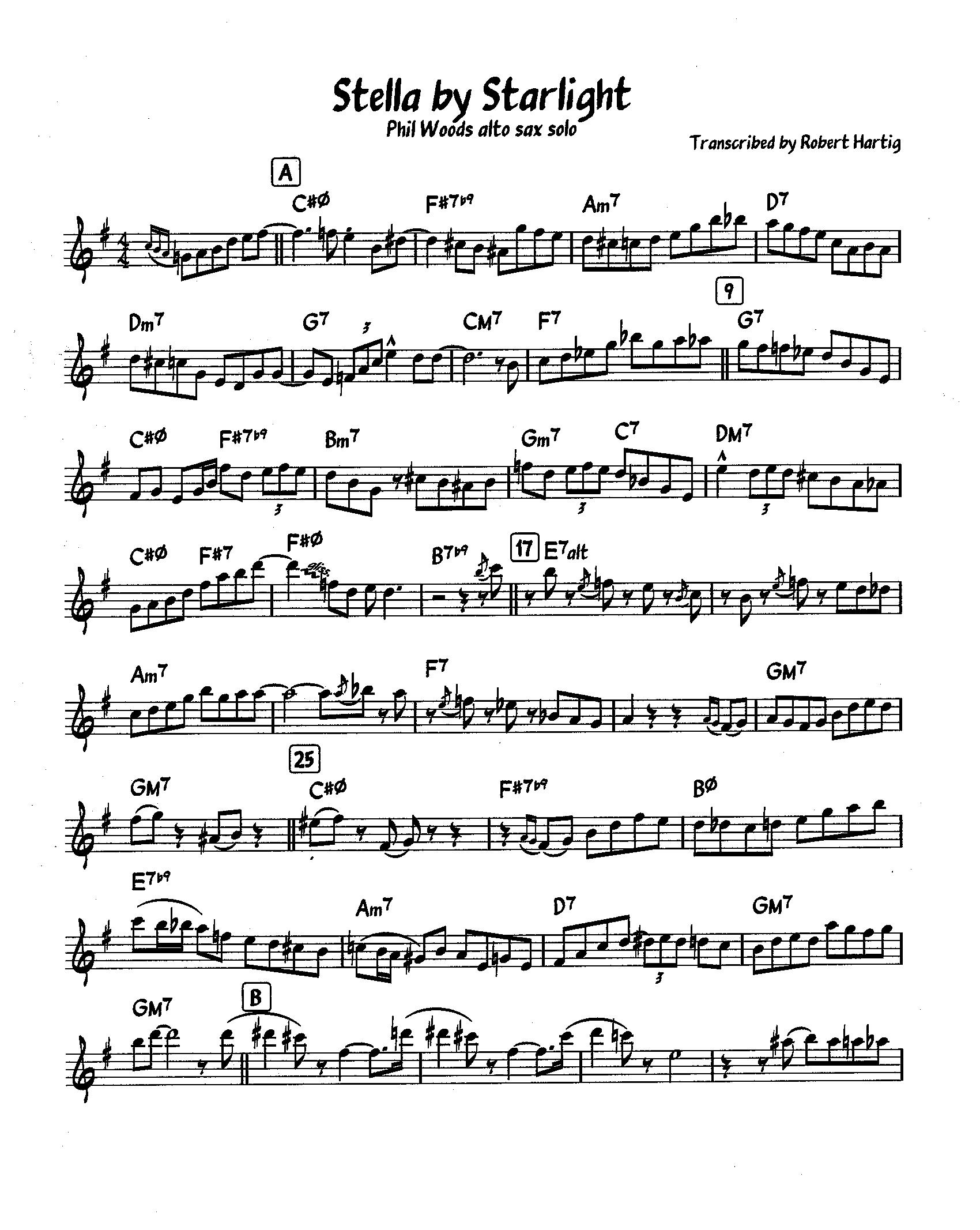
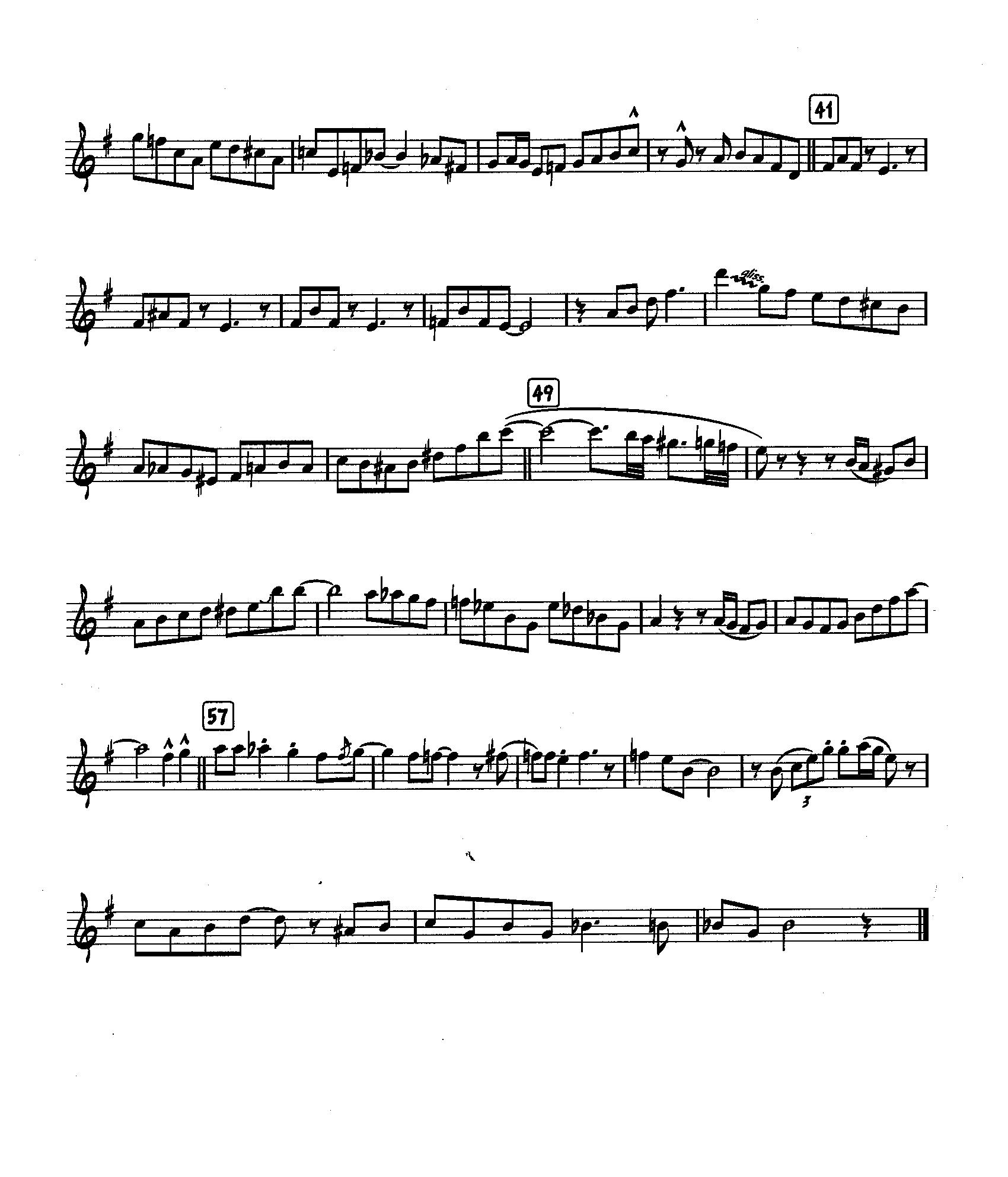
_______________
* The Ultimate Jazz Archive 32, “Swing to Bebop–Modern Jazz: Phil Woods (2 of 4)” (2007 Carinco AG), provided to YouTube by The Orchard Enterprises, https://youtu.be/w9yv8UN-QSI.
